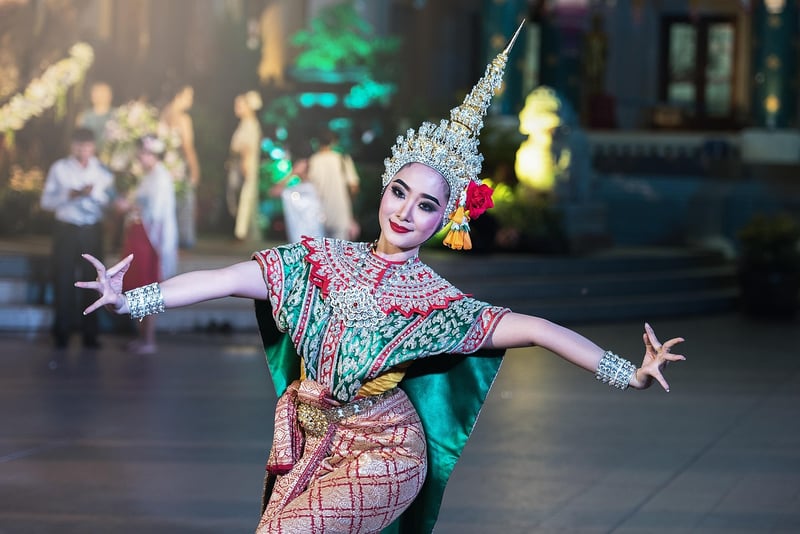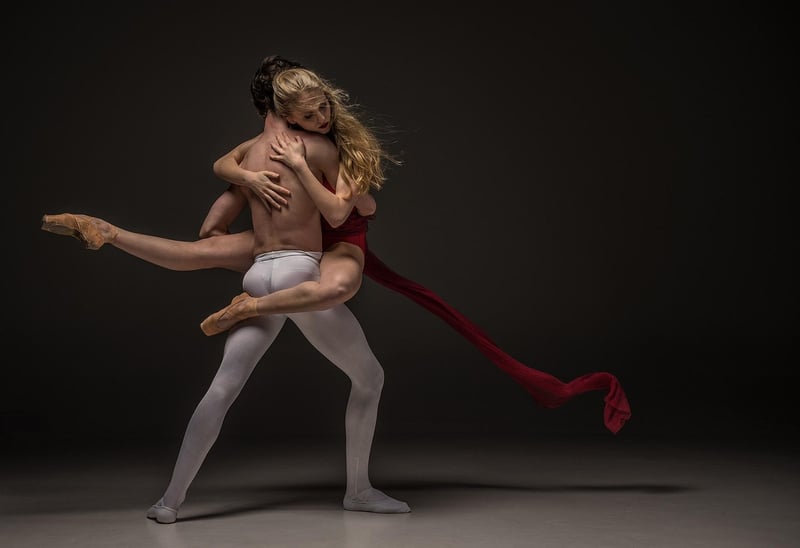Contemporary
Exploring Expressive Movement Forms in Contemporary Dance
Contemporary dance is a dynamic and ever-evolving art form that incorporates a wide range of movement styles and techniques. One of the key aspects that sets contemporary dance apart is its focus on expressive movement forms that allow dancers to convey emotions, ideas, and narratives through their physicality.
1. Improvisation
One of the hallmark features of contemporary dance is improvisation. Dancers are encouraged to explore spontaneous movement, allowing for a genuine expression of their inner thoughts and feelings. This form of movement can be freeing and cathartic, enabling dancers to tap into their creativity and intuition.

2. Release Technique
The release technique focuses on letting go of tension in the body to achieve fluidity and ease in movement. Dancers work on connecting breath with movement, allowing for a more organic and natural flow. This form of movement encourages dancers to explore different qualities such as weight, momentum, and spatial awareness.

3. Floor Work
Floor work involves dancing and moving on the floor, exploring various levels and pathways. Dancers use the floor as a tool to support and enhance their movements, creating dynamic and visually captivating sequences. This form of movement allows for a different perspective and challenges dancers to explore new ways of interacting with space.

4. Contact Improvisation
Contact improvisation is a form of dance where two or more dancers engage in physical contact to explore weight-sharing, balance, and momentum. This form of movement emphasizes trust, communication, and responsiveness between dancers, leading to spontaneous and collaborative choreographic moments.

Overall, expressive movement forms play a vital role in shaping the landscape of contemporary dance, allowing dancers to push boundaries, challenge conventions, and create unique and innovative performances that resonate with audiences on a profound level.
